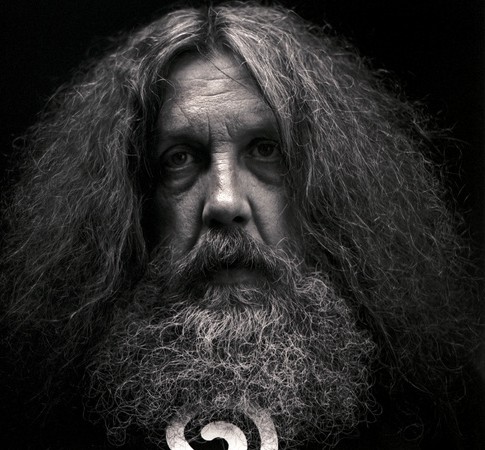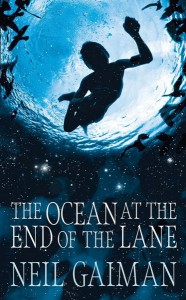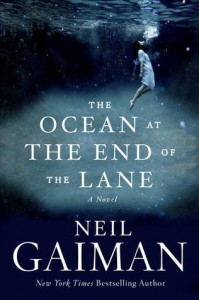The strangest thing happens when I try talking about something I like instantaneously. It feels like I need to rein myself in, and let cold analysis get the better of frantic hyperbole.There is the feeling that one must not judge anything in the heat of the moment. That this heady thrill that comes over you when you dive into something new is something that you had been looking forward to and are therefore bound to like. It is only later, when the ripples quieten and the delicious warmth of the water fades into a gentle familiarity, it is then that you can splash around a little more, and make up your mind if the water is really fine or not.
But sometimes. Sometimes there are exceptions.
I don’t want to talk too much about the book and what it is about. It is short – I finished it in a 2-hour sitting. It is a sort-of memoir and not-a-sort-of memoir – in the sense that it is told in the first person, and that Neil Gaiman admittedly based a lot of the book’s seven-year-old narrator (and his grown-up version) on himself. It has cats, three of them, and it has characters that have appeared in other Gaiman works in different incarnations. It is fantasy and not-fantasy, and it is equally sad and not-sad. It has some excellent descriptions of food, and a 2-sentence sex scene that will freeze your brain in more ways than one. Oh, and it has lines like this:
Grown-ups don’t look like grown-ups on the inside either. Outside, they are big and thoughtless and they always know what they’re doing. Inside, they look just like they always have. Like they did when they were your age. The truth is, there aren’t any grown-ups. Not one, in the whole wide world.
and descriptions like this:
She took the dead fish out of the net and examined it. It was still soft, not stiff, and it flopped in her hand. I had never seen so many colors: it was silver, yes, but beneath the silver was blue and green and purple and each scale was tipped with black.
It is hard for me to read Gaiman without being nudged mentally towards familiar themes and settings from his earlier works. That is not a bad thing, because it shows how well-established the writer’s style is, but it serves me badly because sometimes the pieces just don’t fit in my mind. Like Gaiman writing Jack Kirby characters, or the last Batman story, which felt like trying to eat my mother’s chicken curry, but with sugar added. (This has not technically happened, but I am fairly sure I have dreamed of this, and have woken up sweating and trembling. Dreams, food – this book has me by the balls)
The closest Gaiman artifact that Ocean at the End of the Lane brought to my mind, however, was a short story that he wrote for a Michael Moorcock tribute book. And his blog posts, some of which talk about significant events in his life. There is a funeral in the book, and one wonders if it was that funeral, and there are oblique references and tonnes of symbolism that has me trying to take two and two and come up with two hundred forty two. Even the cover designs (of the UK and US versions) makes beautiful sense once you have read the book. It is very different from the rest of the writer’s body of work.
All I am saying is: come on in, the water’s just perfect.


